Laundry is something we rarely give thought to unless we’re digging through baskets trying to find that favorite sweatshirt or the last clean pair of socks.
While clean laundry may be a hot commodity in some households, there’s a more serious issue at hand.
Laundry detergents, softeners, and dryer sheets are meant to keep our clothes clean, but in many cases, they actually load our bodies down with harmful chemicals, fragrances, and toxins that can contribute to a long-term toxic load.
Want naturally radiant skin? We’ve created a FREE guide to give you the best tips & tricks for natural skincare.
Click here to get your FREE copy of our Skincare Guide!
What’s So Bad About Conventional Detergents, Softeners, and Dryer Sheets?
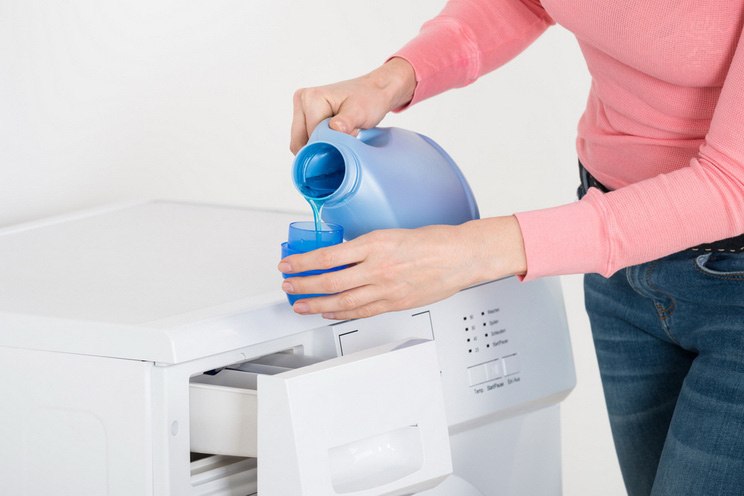
So what’s in these common household cleaners that’s really so bad? Dozens of toxic chemicals can be found in any of these products, and research has proven that companies don’t always list these chemicals on their product labels, citing trade secrets and other proprietary information (1).
The chemicals, toxins, and fragrances found in your average laundry detergent, fabric softener, chlorine bleach, and dryer sheets can have harmful effects on your body, and if products don’t have to be truthfully labeled, how can you really know what you’re getting into?
Here is just some of the risky business you’re engaging in if you use these everyday products.
1. Skin and Eye Irritants
Some of the most noticeable signs of irritation from chemicals are watering eyes, itchy skin, and rashes. Commonly mistaken as allergies or eczema, these symptoms of chemical sensitivity can often be overlooked or attributed to many other things besides laundry products. Even in cases of legitimate allergies or eczema, these toxins can worsen the conditions.
There are a number of toxins that might cause this reaction. Benzaldehyde, a common ingredient found in scented detergents and bleach, can raise inflammation in the mouth, throat, eyes, and skin (2). Artificial fragrances are another source of irritants profuse in detergents, softeners, and dryer sheets, and the chemical diethanolamine is another skin and eye irritant found in many soaps and detergents (3).
2. Reproductive Toxicity
Reproductive hormones are sensitive in both men and women, and chemical products can have an especially damaging impact on reproductive ability or interfere with normal fetal development in utero.
Diethanolamine, mentioned above as a skin irritant, also has ties to reproductive toxicity, especially in altering sperm morphology and reducing sperm counts (4).
EDTA, a type of endocrine disrupting pesticide, is primarily found in detergents and fabric softeners – both scented and fragrance-free – and is associated with organ toxicity, including reproductive harm and dysfunction in animal studies (5, 6).
Another ingredient, 2-butoxyethanol, commonly found in stain removers and stain-fighting products, can lead to birth defects (7, 8).
3. Carcinogens
When it comes to chemicals and cleaning products, laundry items can be especially risky since they get so much skin-to-skin exposure.
Cancer-causing chemicals tend to absorb easily through the skin, and the ones found in laundry detergents, softeners, and other products are no exception.
Not only are many fragrances suspected carcinogens, but quaternium-15, which is commonly found in detergents, releases formaldehyde – a known ingredient that can up the risk of cancer (9, 10).
4. Liver Problems
The liver is our primary detox organ, and when chemical irritants attack this vital organ, tumors and impaired function can result.
Diethanolamine, or DEA, is most commonly found in detergents, as well as shampoos, body washes, and hand soaps and has been linked to liver tumors in animals (11). The more DEA products that a person uses, the more compounded the potential for detrimental effects.
5. Respiratory Irritants
Breathing in that just-cleaned laundry scent can feel refreshing until you realize that all of those chemically created smells can aggravate the lining of the lungs.
Petroleum distillates, commonly found in detergent, can cause lung irritation – and even lung damage from long-term exposure. They also absorb easily through fat and can cause neurological symptoms like headaches, memory problems, fatigue, anxiety, nausea, appetite loss, stomach cramping and pains, and even diarrhea (12).
Chlorine, commonly found in bleach, can quickly produce eye-burning and lung-stinging effects, but even without the immediate vitriolic effect on your nostrils, your laundry detergent can be just as lung-damaging.
Safe Laundry Options
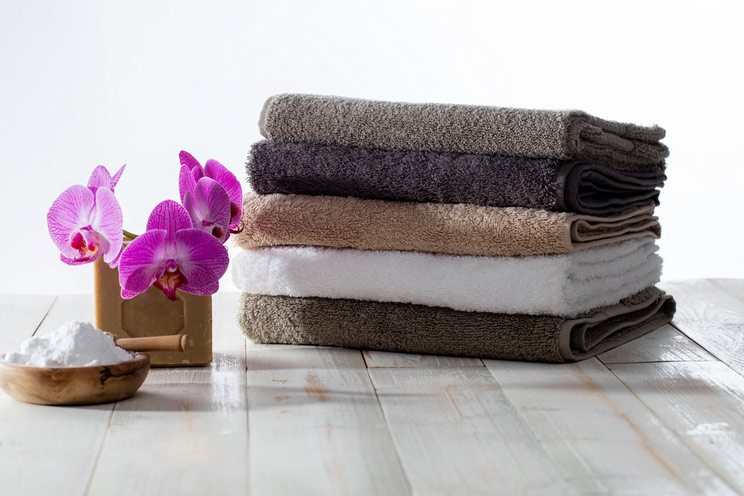
At this point, you might be thinking that dirty clothes sound a lot more appealing than “clean” clothes that are loaded with chemicals, cancer-causing agents, and skin irritants. The good news is that there are safe options, so you can have your clean clothes and wear them, too.
Many healthier-for-you DIY options exist for laundry detergent, but what if you don’t have time to make your own?
A few brands have stepped forward and committed to label transparency, along with avoiding chemicals and irritants with harmful effects.
Seventh Generation
Perhaps the biggest name brand in the safe laundry market, Seventh Generation makes a detergent that is fragrance-free and contains no carcinogens, irritants, or chemicals that fall into the gray area of safety. While they make some fragranced options that are sourced better than most, for the cleanest detergent on the store shelf, stick with the fragrance-free version.
Molly’s Suds
Designed by people who were tired of chemical exposures through laundry detergent, Molly’s Suds produces a powdered detergent that has all of the DIY benefits with none of the fuss. They also have a liquid detergent that is free from irritants and chemicals.
Biokleen
Super concentrated detergent options that contain no objectionable chemicals from the lists above, Biokleen powder and liquid detergents are ultra powerful for laundry that gets really dirty.
Natural, Homemade Laundry Solutions
DIY Laundry Detergent
Of course, if you do want to DIY your laundry detergent, there is no shortage of recipes on the internet. Three of the best ingredients to include:
Washing Soda
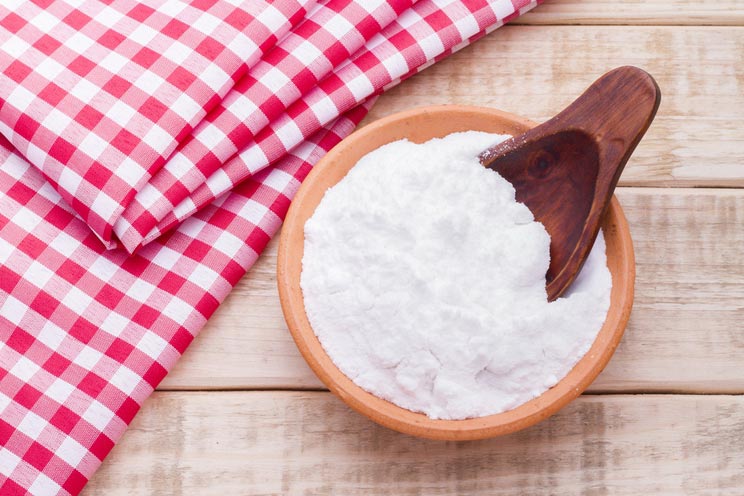

Washing Soda
Ingredients
- 2 T washing soda
- ½ cup food-grade hydrogen peroxide
Instructions
- Add washing soda to the washer after you’ve filled it with clothes.
- Add peroxide to the “bleach” dispenser of the washer for extra-deep cleaning or for linens or towels.
- Start the cycle and dry as normal.
Borax
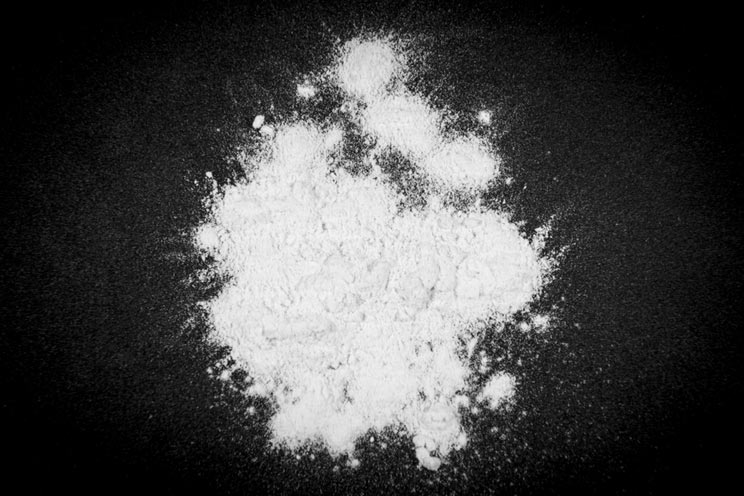

Borax
Ingredients
- ½ cup borax
Instructions
- Add borax to laundry to wash.
- Wash and dry as normal.
Castile Soap
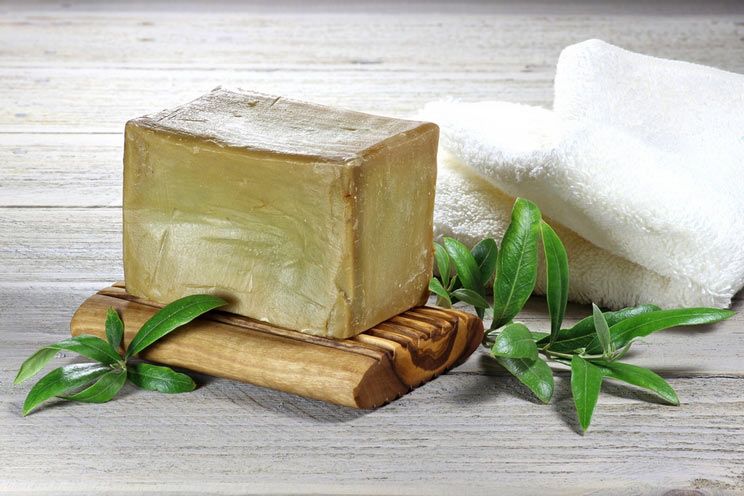

Castile Soap
Ingredients
- 1 T fragrance-free castile soap
Instructions
- Add castile soap to detergent dispenser of washer.
- Wash and dry as normal.
DIY Fabric Softener
You don’t need commercial fabric softeners to keep your clothes from getting scratchy: white vinegar is the perfect all-natural, chemical-free fabric softener. Add a cup to your rinse cycle for reduced static and no, the vinegar scent won’t be there after the rinse is over.
DIY Fabric Softener
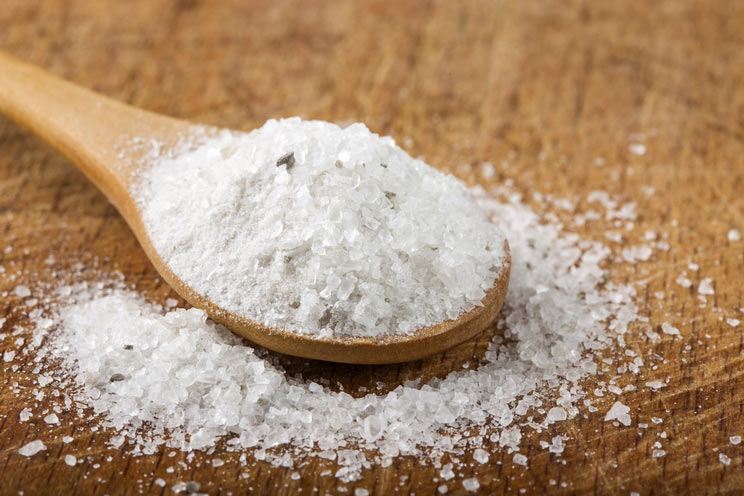

DIY Fabric Softener
Ingredients
- ¼ cup Epsom salt
Instructions
- Add soap and clothes to the washing machine and start laundry as normal.
- After washer is filled with water, add the Epsom salt.
- Wash as normal.
DIY Stain Remover
Sure, the natural detergent and softener works for regular clothes – but what about stains? Since conventional stain treatments are filled with carcinogenic chemicals, opting for something less harmful is ideal.
Seventh Generation makes a natural, fragrance-free stain remover that actually works (I’ve tested it on grass, blood, and tomato juice!) and lasts a really long time, even with a mess-prone toddler in my house.
DIY Stain Remover
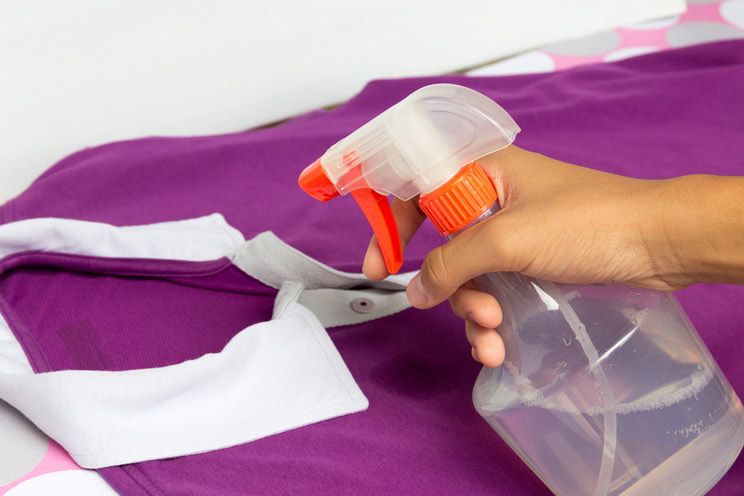

DIY Stain Remover
Ingredients
- ¼ cup baking soda
- ¼ cup fragrance-free dish soap
- ½ cup food-grade hydrogen peroxide
Instructions
- Combine all ingredients into a glass spray bottle. Shake to combine.
- Spray generously on stains, but always be sure to spot-test delicate fabrics and darker colors to ensure fading does not occur.
Quick Tip:
Finally, for the simplest stain remover ever, add a dab of either Seventh Generation dish soap or laundry detergent to the stained location, roll the clothing item with the stained part toward the inside, and let sit for 30 minutes or more before adding to a cold water wash cycle. Inspect before drying, but in all but severe cases, this will resolve the stain directly.
DIY Dryer Sheets
Nobody likes a dryer full of staticky clothes, but conventional dryer sheets are some of the worst when it comes to chemical exposure.
Replace your dryer sheets with cotton rags soaked in white vinegar, or switch to using wool dryer balls for reduced static, faster drying time, and softer towels.
DIY Dryer Sheets
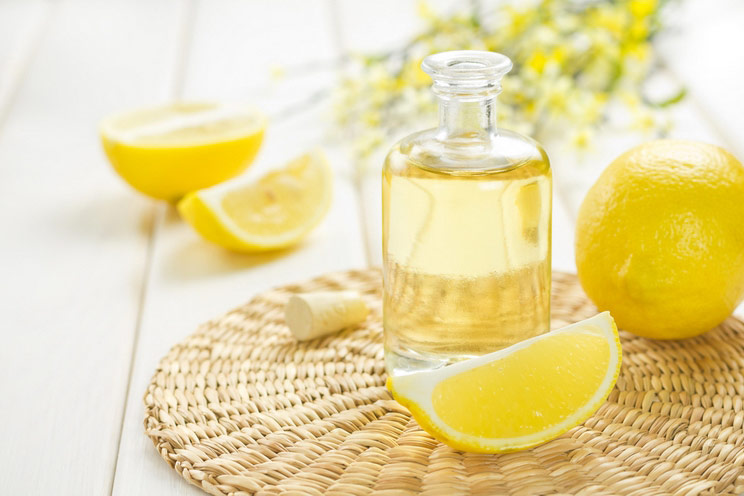

DIY Dryer Sheets
Tools
- Extra-large wide-mouth glass jar with lid
- Wooden spoon
Ingredients
- ½ gallon of white vinegar
- 2-3 100% cotton t-shirts, cut into 30 5×5”squares
Instructions
- Pour the vinegar into the glass jar.
- Place all cotton squares into the jar and use a wooden spoon to stir until soaked.
- To use: Add 1-2 cotton squares to the dryer before starting. After the load is done, return the squares to the jar.
- Replace the vinegar solution every 30 days for optimal freshness.
How to Keep Your Washing Machine Mold-Free

Even if you use the cleanest laundry products that exist, most washers are prone to developing mildew without a little TLC in between washing cycles. Whether you have a top load or a front load, you can do a few simple things to keep your washer smelling fresh and free from nasty mildew and mold.
1. Never leave a wet load in your washer for more than 24 hours.
I get it, sometimes we forget about laundry in the midst of chaotic life. But leaving wet laundry in a closed washer for more than a day can lead to the development of mildew. If you can’t swap your wash immediately, at least open the door of the washer so that you don’t have a sealed off breeding ground for bacteria and mold.
2. Use natural laundry products.
Simply switching to natural detergents and vinegar for washing your clothes can help to keep your washing machine cleaner. For mildew prevention, run a hot water cycle without clothes, using 2 cups of vinegar and ½ cup of baking soda or washing soda at least once a month, or up to once a week for heavy users.
3. Wipe it down
To prevent build-up on the rubber ring of your front-loading washer, wipe it down once a month with a warm vinegar solution. In a small bucket, add 2-3 cups of water, 1-2 cups of vinegar, and 10 drops of antibacterial tea tree oil. Dip a cotton cloth in the solution and scrub the front of your washer, focusing on the inside the rubber flap where mildew likes to collect. Keep wiping until you no longer see residue on your rag.
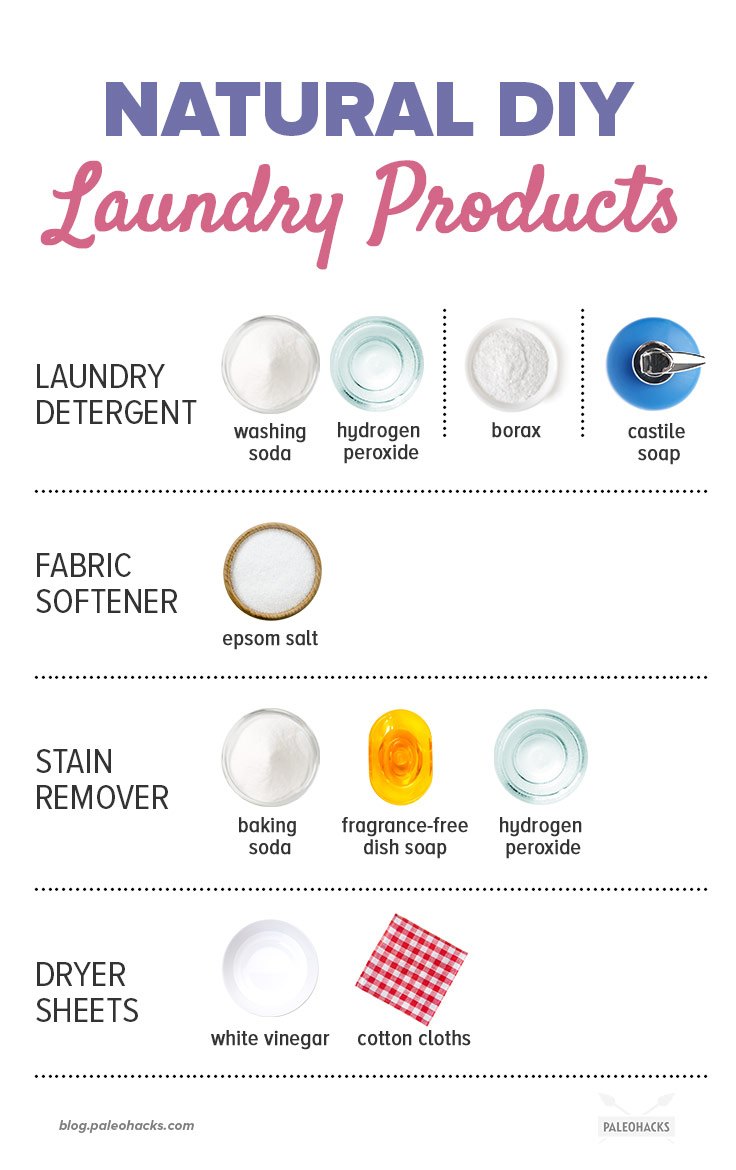
(Read This Next: 10 Toxins Hiding in Your Furniture & 5 Ways To Get Rid Of Them)







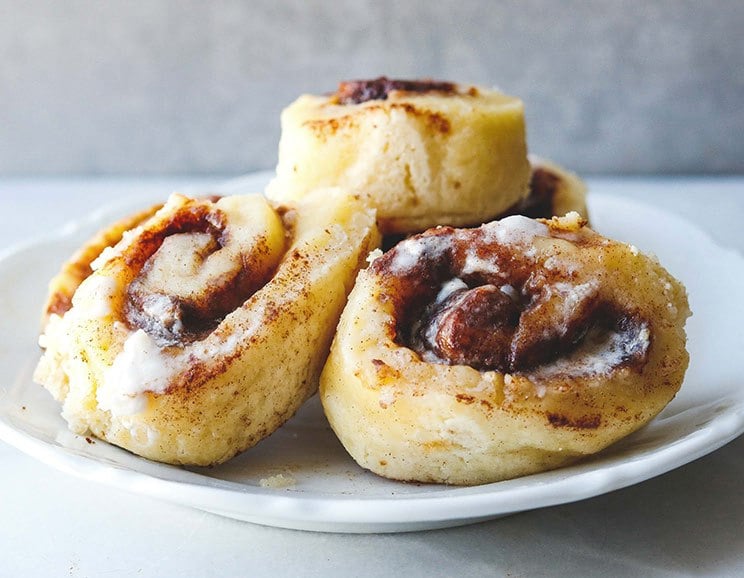 Soft + Pillowy Instant Pot Cinnamon Rolls
Soft + Pillowy Instant Pot Cinnamon Rolls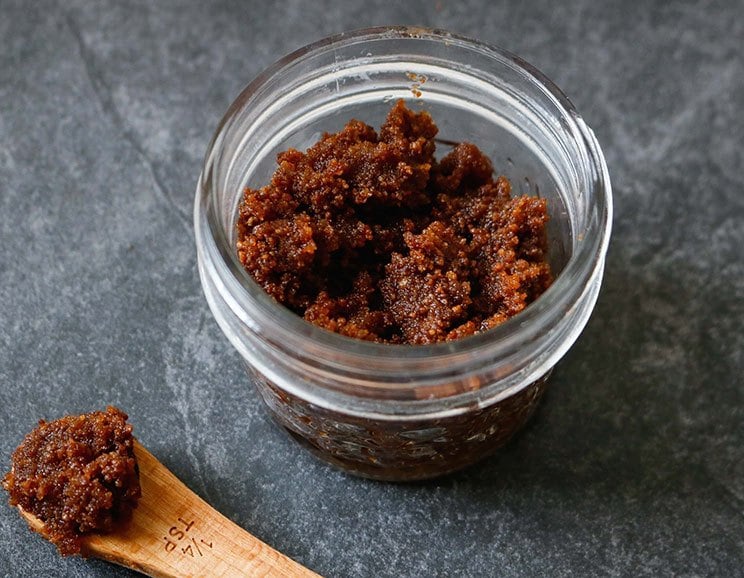
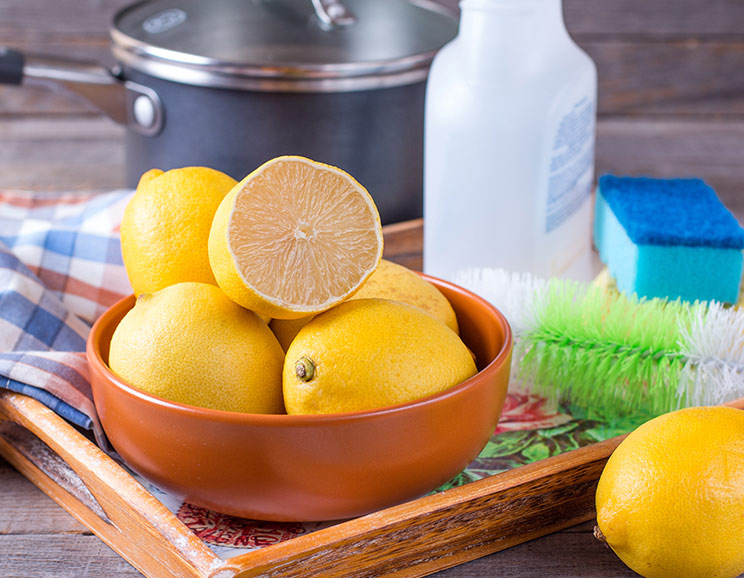
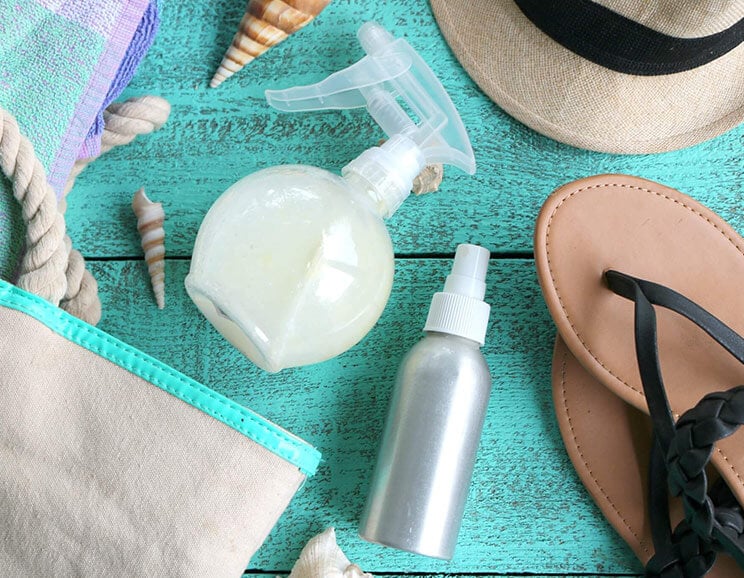
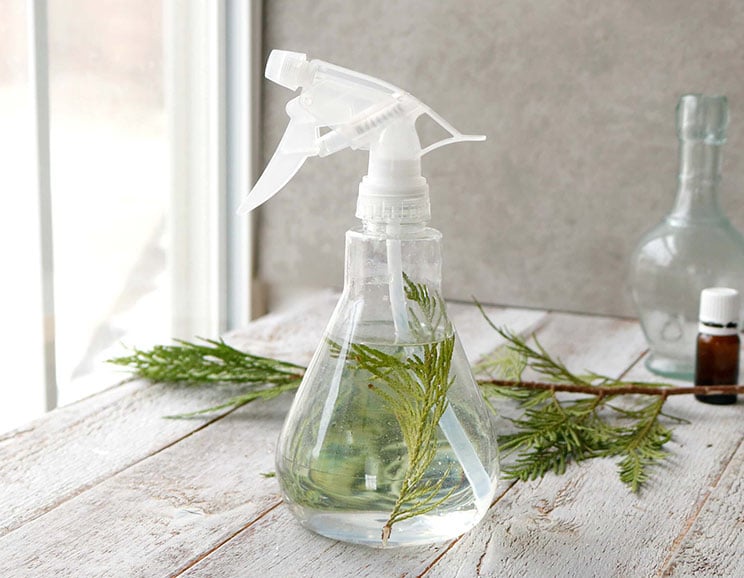

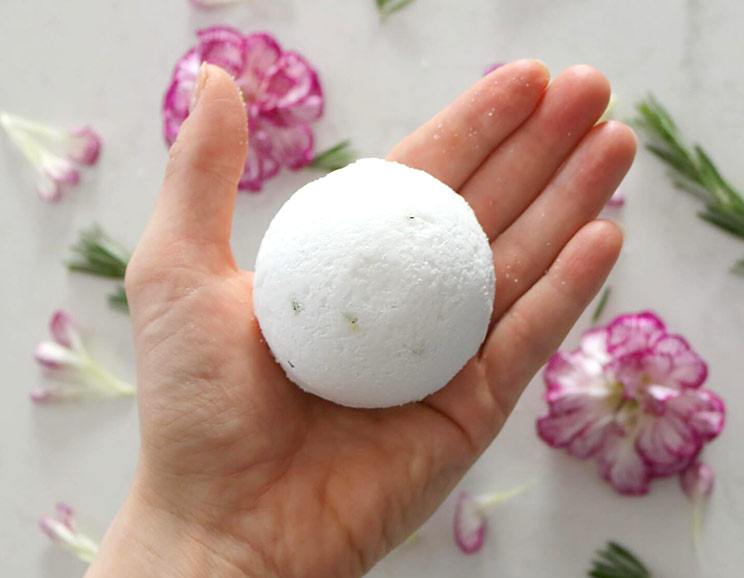
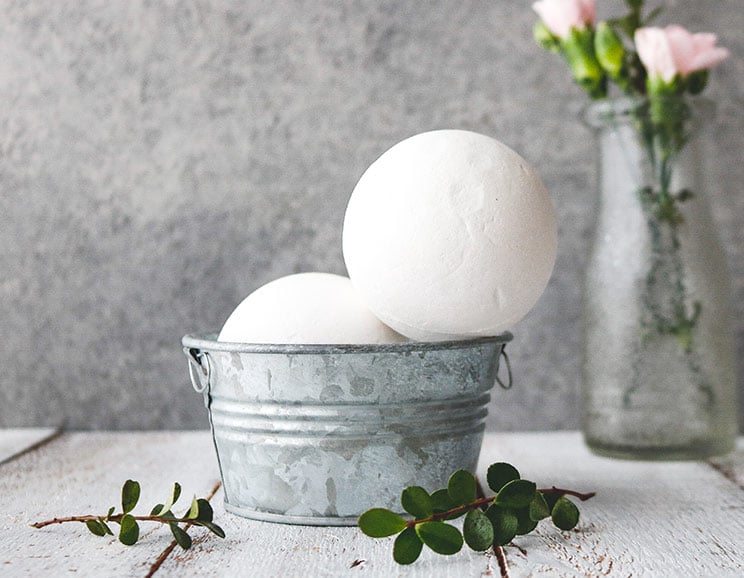
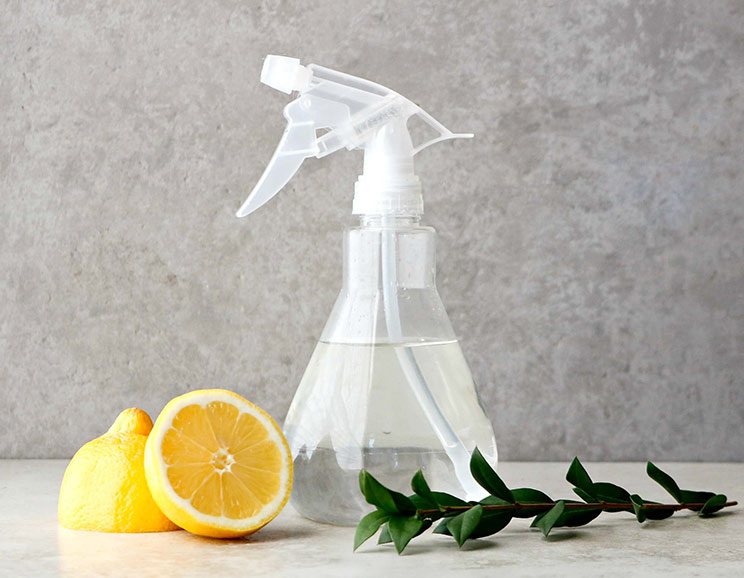
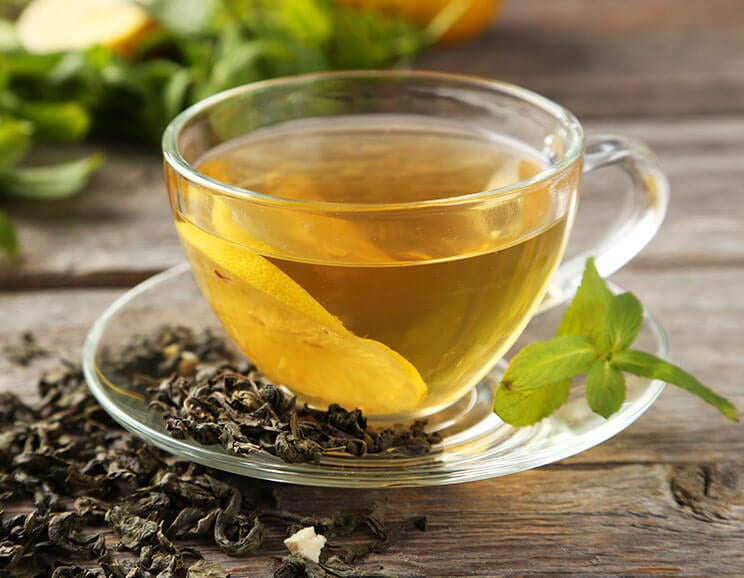
Show Comments